
Sreejita Collecting Distillate from Green Cardamom
Green Cardamom Introduction
Along with their taste and smell in cuisine, spices have a long history of being used in herbal remedies. Amongst these spices, Green Cardamom (Elletaria cardamomum) is known as the Queen of All Spices—a name attributed to its steep price, and its versatile use in the medicinal and food sectors.
Cardamom is a shelled seed that is primarily grown in South Asia and dried prior to purchase. The seed contains a high volatile oil content, a relatively unique mild-eucalyptol smell, a rich flavour, and an uncommon light yellow-green hue. Cardamom is a rich source of Vitamin C, potassium, calcium, iron, manganese, and zinc[i].
[i]Cardamom Nutrition facts, medicinal properties and health benefits. Nutrition And You.com. (n.d.). Retrieved August 1, 2022, from https://www.nutrition-and-you.com/cardamom.html
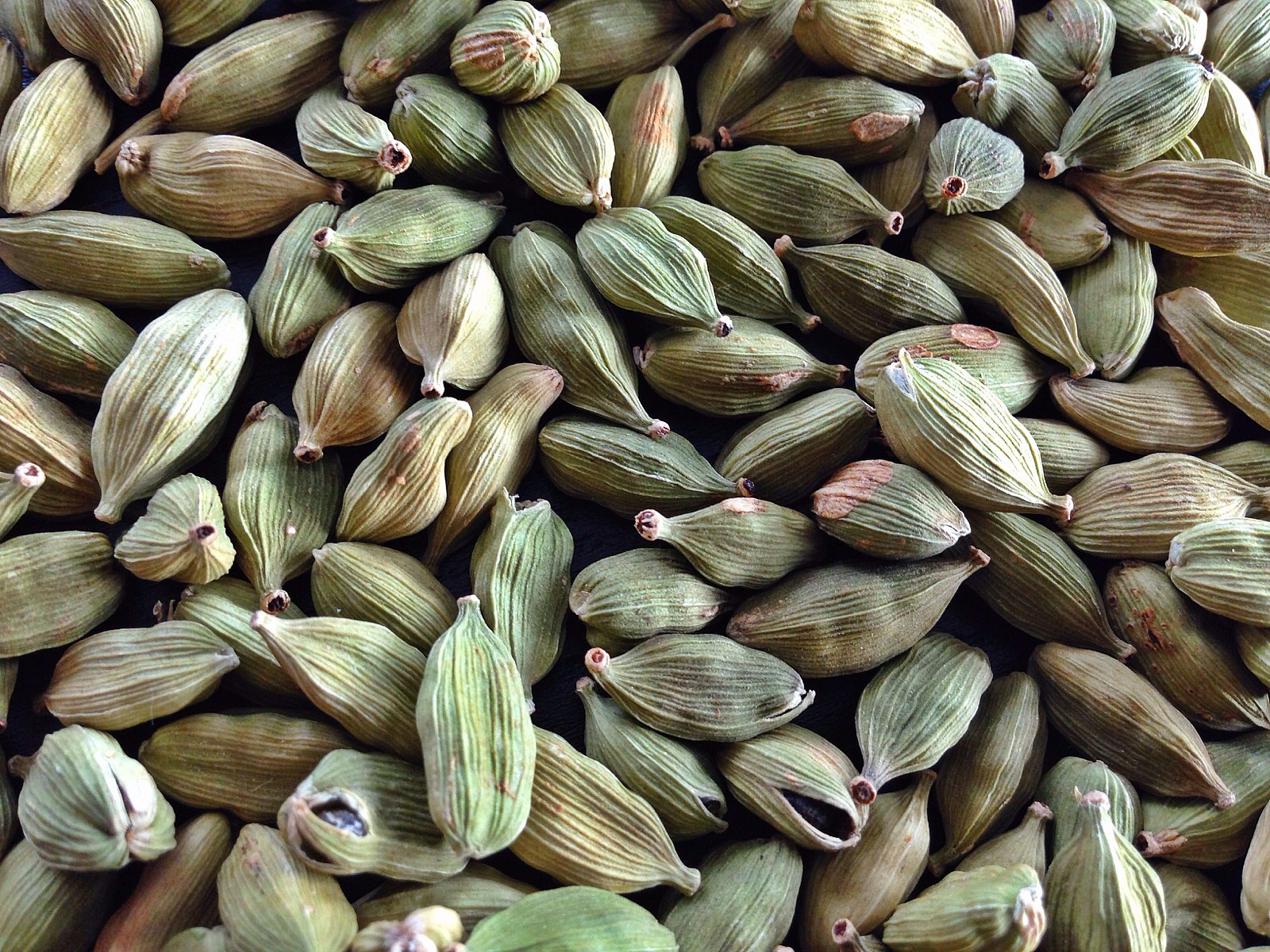
For use in cuisine, the capsule is either ground up (curries) or used whole (desserts) while the medicinal sector focuses on the utilization of its essential oil.
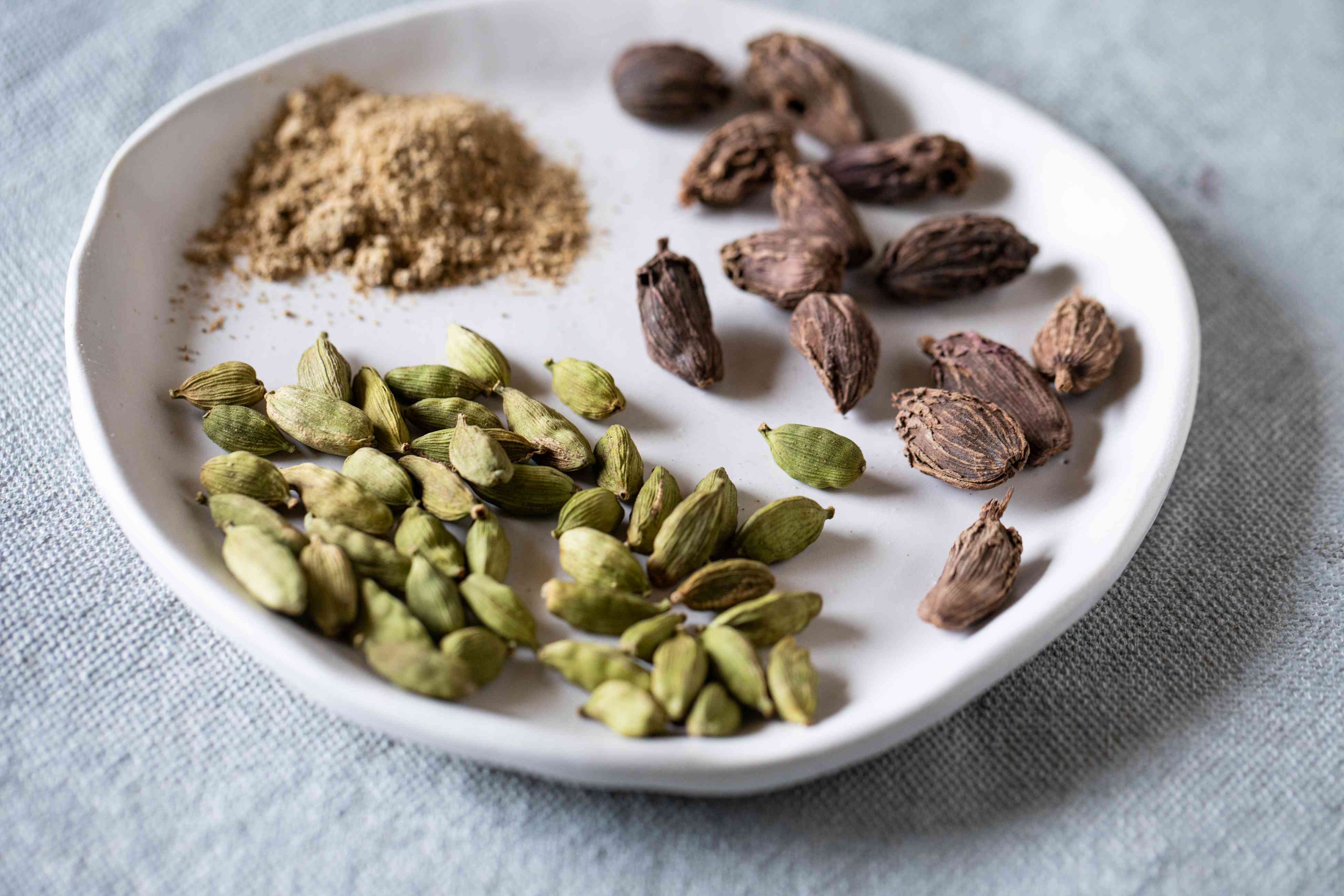
To create cardamom oil, companies typically use steam distillation. In the production process, two products are formed: a major aqueous hydrosol product and a minor essential oil product. Hydrosols are a softer (more dilute) aqueous version of essential oils, making them safe for skin contact, and consumption, in addition to having a milder fragrance. In the past, manufacturers tended to dispose of the hydrosols due to its lack of commercial use. However, with a current push towards sustainability, the economic value of hydrosols have been reconsidered, hence its present-day sale as a consumer product.
The purpose of this study is to determine whether the hydrosol created through microwave and hydro distillation contains similar medicinal components (alpha-terpinyl acetate and eucalyptol)[i] to the cardamom essential oil.
Gas Chromatography Mass Spectrometry will be used to identify, and to quantify the major components of the hydrosol.
[i] Ashokkumar K, Vellaikumar S, Murugan M, Dhanya MK, Ariharasutharsan G, Aiswarya S, Akilan M, Warkentin TD and Karthikeyan A (2021) Essential Oil Profile Diversity in Cardamom Accessions From Southern India. Front. Sustain. Food Syst. 5:639619. doi: 10.3389/fsufs.2021.639619
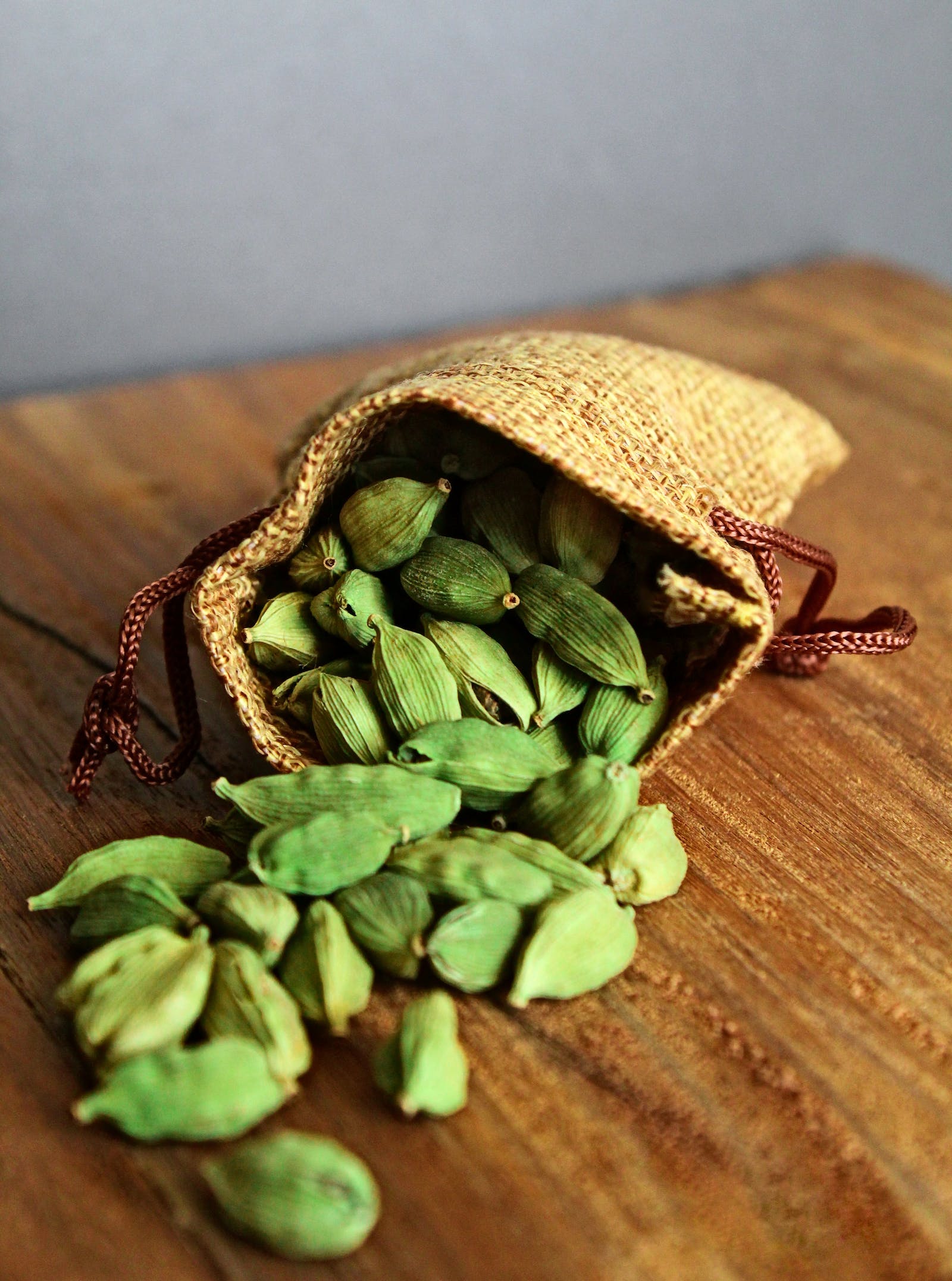
My name is Sreejita and I just completed my first year in Health Science, May 2022.
In high school I was exposed to the wonderful world of chemistry. And I really enjoyed it, so I was hoping to minor in it.
My focus in the lab is on hydrosols (water soluble distillates from plants) and their components and analysing these molecules.
I hope to learn more about their chemistry this summer to broaden my knowledge and get experience with the GC-MS.
Sreejita was part of the Summer 2022 team, that created the protocols and methods used to extract and analyse hydrosol chemical components.
Summer 2023 Sreejita is off to Toronto to work with Dr Tabori on colon cancer, We love to hear from our students and learn what they go on to do.

Microwave distillation
The Cardamom oil and hydrosol were obtained through microwave distillation. Cardamom was purchased from a retailer specializing in Asian, African, and Middle Eastern foods[i], the seeds were crushed and ground using a coffee grinder. The ground seeds (350g) were soaked with distilled water at a 2:1 ratio and left to soak overnight.
On the day that follows, the paste was put into the OilExTech Microwave Oil Extractor[ii] which was assembled by putting a 250 ml beaker in the center of the EssenEx100A glass container. An ice core was screwed onto the lid and placed onto an upper shield that rests on the rim of the glass container. A cup of distilled water was placed into the microwave to act as an external source of water vapour. Once the set up was complete, a standard microwave ranging from 900-1100W at maximum power was used to extract the oil/hydrosol for 7 minutes. Once the microwave was finished, the contents of the beaker were collected into a 1-L volumetric flask. The ice core was replaced, and the microwave process was repeated a total of four times. The flask contains the oil and hydrosol mixture. When the volumetric flasks are cooled, the oil floats to the top of the condensate in the neck of the flask, allowing for the ease of removal of the oil with a pipette and transfer to a vial.
[i] https://www.silkroadfoods.ca/
[ii] https://oilextech.com/cgi-sys/suspendedpage.cgi This company has since suspended operations.
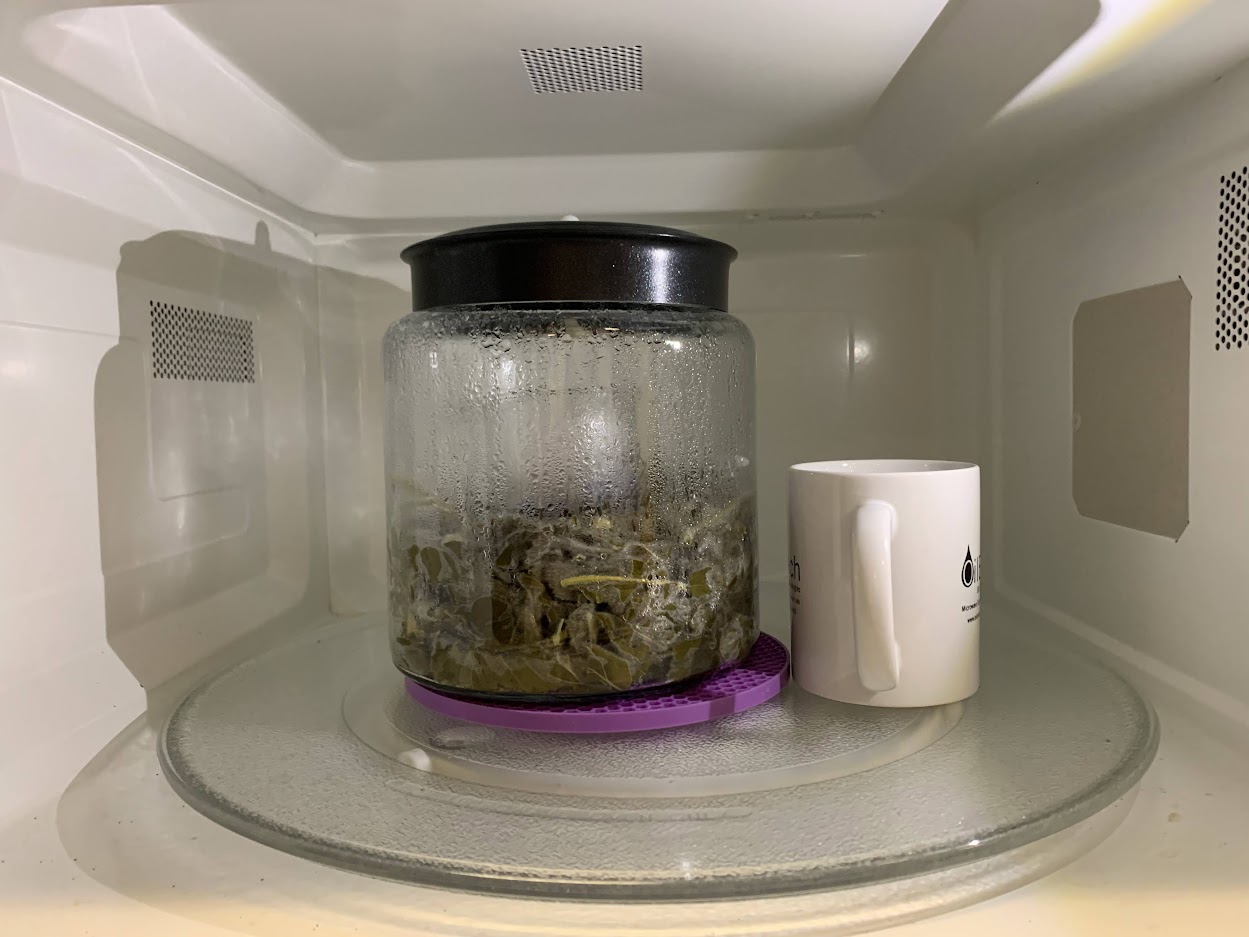
200 grams of ground cardamom pods were mixed with 2 litres of distilled water. This mixture was placed in the distillation apparatus[i], this comprised of a steel pot and a condensing unit which is filled with ice and water slurry. The pot was heated to around 80°C which ruptures the plant cells releasing the essential oil[ii]. The volatile compounds are carried into the condenser along with the steam, where they condense and are collected. This results in the production of an oil phase and an aqueous phase. The essential oil and the water are separated by density differences and are collected. The resulting floral water is known as the plant’s hydrosol and on top of the hydrosol will be the essential oil of the cardamom.
[i] Hasbay I. & Galanakis C. (2018). Recovery technologies and encapsulation techniques. Polyphenols: Properties, Recovery, and Applications. 1. 242
[ii] Givaudan. (2021). Hydrodistillation. https://www.albertvieille.com/en/glossary/hydrodistillation/
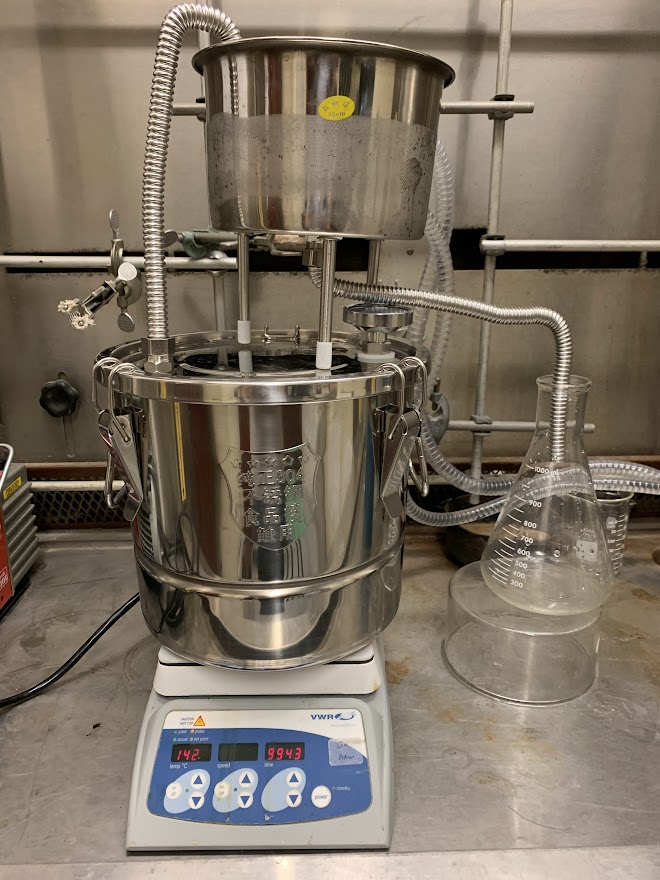
Green Cardamom produced both oil and hydrosol. The hydro distillation process was more abundant in oil than the microwave. The oil is less dense than water so floats on the top. Xchingu is holding a flask of hydrosol. The oil is floating on the top and is easily removed using a pipette.
Results for the Oil and Hydrosol.
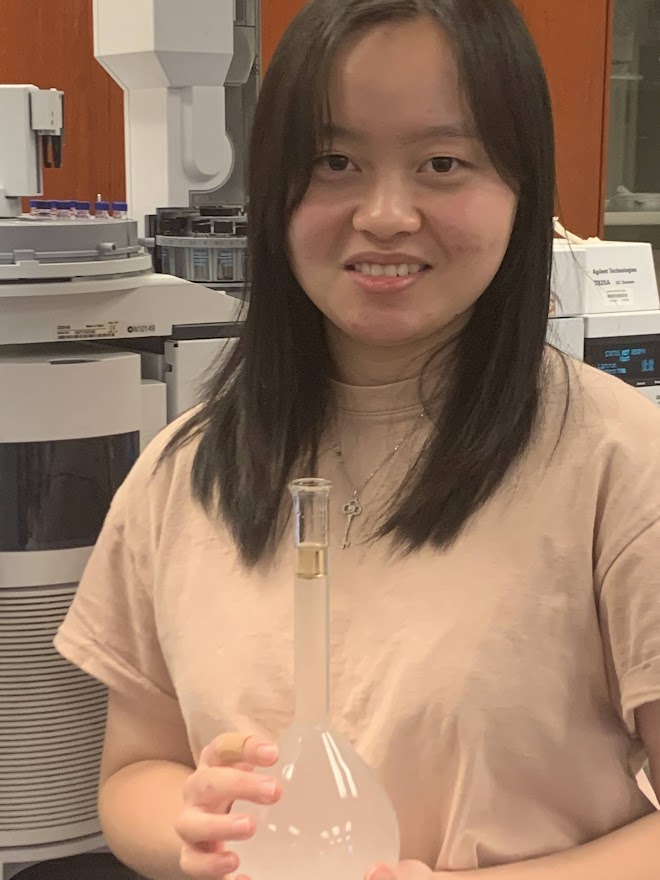
Results for the oil.
| Chemical Component | % abundance in the OIL |
|---|---|
| Eucalyptol (1,8 Cineole) | 50 |
| Alpha Terpinyl Acetate | 30 |
| Terpin-4-ol | 6 |
| Terpineol | 4 |
| Sabinene | 1 |
| Limonene | 1 |
A number of these compounds have chiral isomers so further analysis on the chiral column revealed:
| Chemical Component | % abundance in the OIL |
|---|---|
| +Terpin-4-ol | 3 |
| -Terpin-4-ol | 3 |
| +Terpineol | 1 |
| -Terpineol | 2 |
| L-Limonene | 0-5 |
| D-Limonene | 0.5 |
We work this out by purchasing the chiral specific isomers. This is quite expensive, so we can also make an educated guess by analyzing an oil that we know (from research) is dominant in one of the isomers we are interested in. But the best practice is to analyse a pure compound. This is given the name a standard. Or almost pure. A lot of these compounds are purified from the plant material and are only 90-99% pure, the other percentages are often other essential oil compounds. Sometimes the impurities can act as standards too.
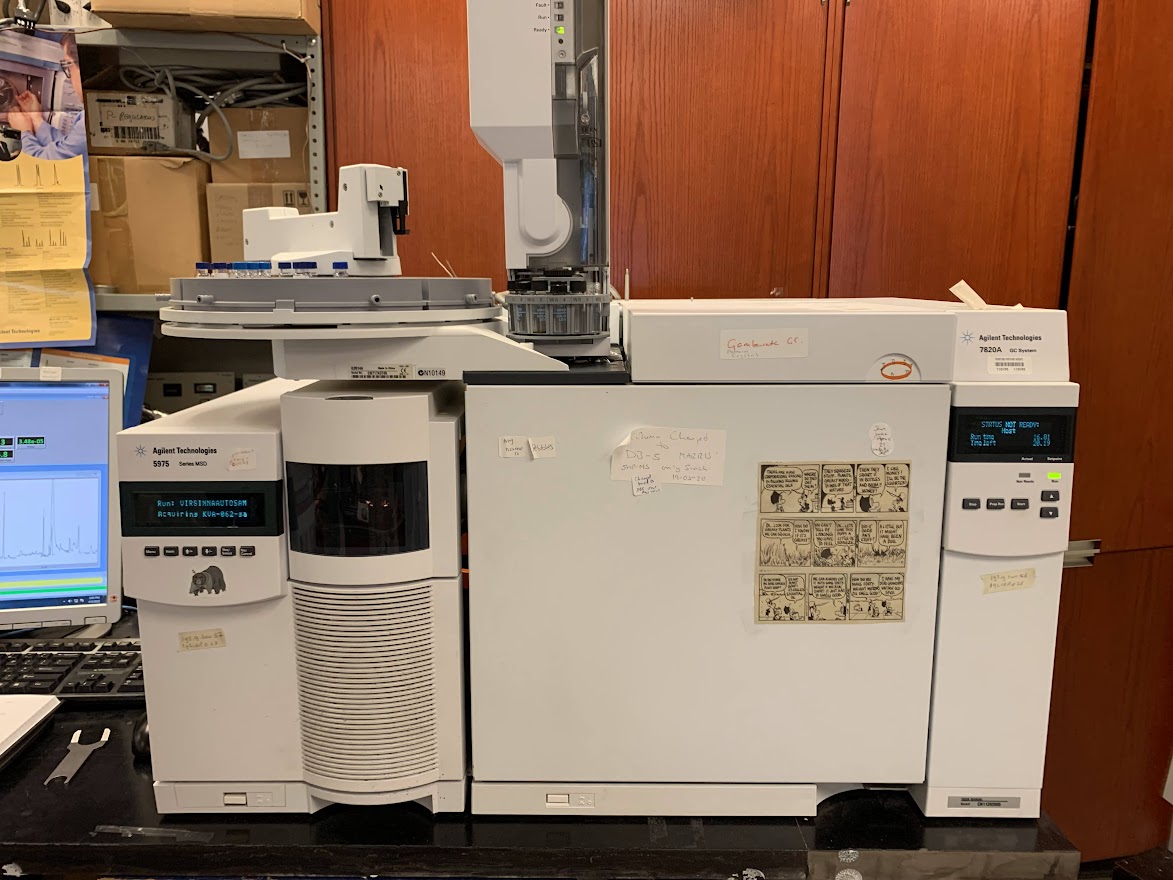
Chirality.
Many terpenes have the formula C10H15 and weigh 136da. The gas chromatography column is able to separate molecules with different structures and boiling points. The fragmentation pattern created on ionisation of a molecule is matched with a database consisting of 1000's of terpenes. This match further decreases the possibilities until the correct Mass Spectrum is matched with the right compound.
Geometric isomers are often separated enough to distinguish their time differences that can be matched with standards of the compound.
but what about chiral molecules? Their boiling points are the same and they are not different enough for geometric separation.
A special column is used, the lining of this column is a sugar polymer. Sugars have very specific geometries which allow chiral molecules to interact with the column surface differently, thus separating them.
Standards are used to identify chiral compounds.
There are 4 isomers of terpineol.
Alpha Terpineol is chiral.
Results for the Hydrosol and Headspace.
Conclusion:
Eucalyptol and terpinyl acetate are the most abundant chemicals present in green cardamom hydrosol. They are almost equal in concentration at approximately 0.37g/L.